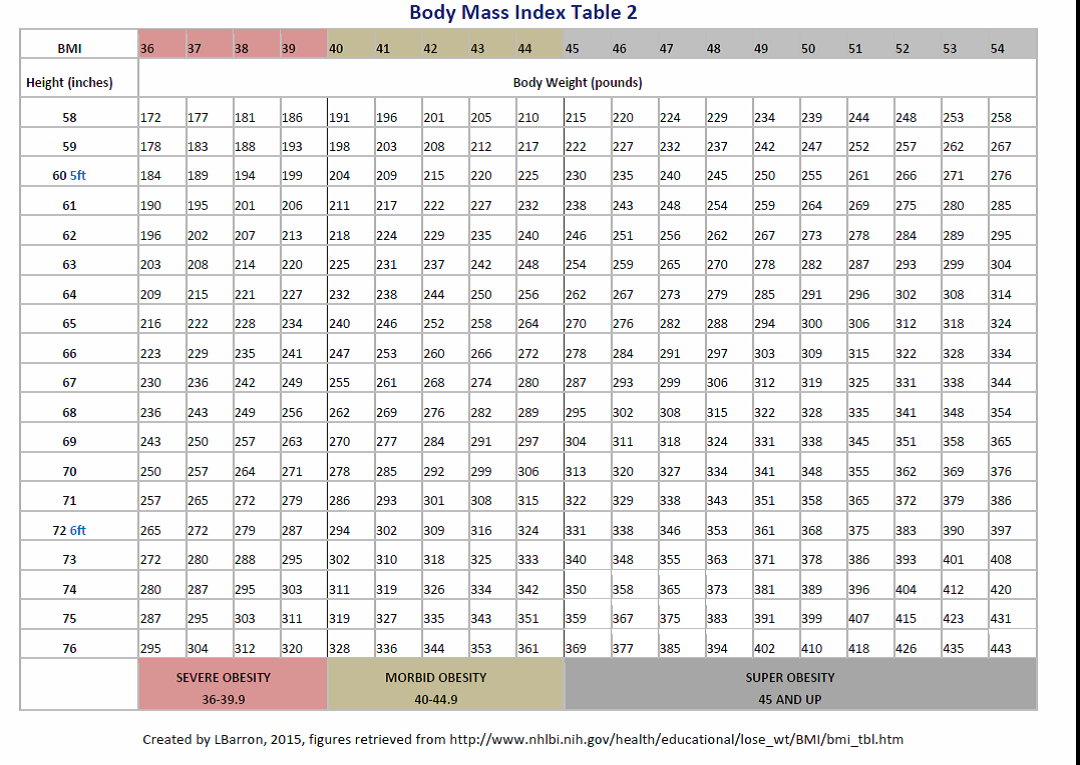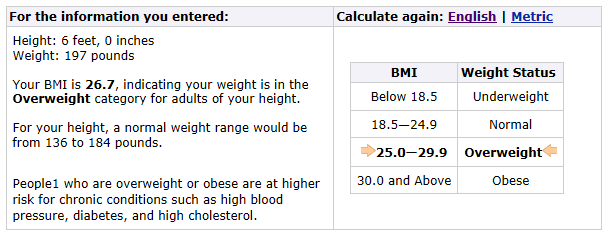

In many Southeast Asian countries, the thresholds for the overweight and obese categories tend to be lower.Divide weight by total inches squared and multiply the result by 703.Īlthough BMI is calculated the same way worldwide for all ages, the way an individual's BMI is interpreted depends on location and the person's age. What is his BMI?įind total inches by multiplying 5 * 12 and add 10. Stanley weighs 184 lb and is 5 feet, 10 inches tall. Matilda weighs 64 kg and is 1.9 meters tall. In US units, where weight is in pounds and height is in inches, divide weight by inches squared. Using metric units, where weight is in kilograms and height is in meters, divide weight by meters squared.
#Nhs bmi calculator how to#
Cut-off points for specific international subpopulations may vary.ĬDC Female BMI Growth Chart How to Calculate BMI Wikipedia listsĪlternative BMI ranges and categories for specific Asian populations. These ranges typically apply to North American and Eurpoean populations. The CDC and WHO use the BMI range charts below to evaluate the weight of adults aged 20 and over given his or her height. BMI also enables health professionals to discuss bodyweight objectively with their patients. The Centers for Disease Control (CDC) and the World Health Organization (WHO) recognize that people who are overweight or underweight are at higher risk for certain health conditions. Numeric BMI values correspond to weight categories including underweight, normal, overweight and obese.īMI is used as an indicator of the relative healthiness of a person. It is calculated as kg per square meter or pounds per square inch of height. The body mass index or BMI is a ratio of mass to height. See additional BMI formulas below for accurate calculations in metric or imperial units. In US units: BMI = weight (lb) ÷ height 2 (inches) * 703.In metric units: BMI = weight (kg) ÷ height 2 (meters).Metabolically healthy obesity: Facts and fantasies.\( \text \)

Body mass index: Obesity, BMI, and health: A critical review. Body composition data for individuals 8 years of age and older: U.S.

For example, the BMI of a person with high bone density and muscle mass may indicate they have high body fat.Īlso, BMI cannot assess where fat is in the body. These factors are relevant to overall health and assessing body fat. It makes no distinction between lean muscle, body fat percentage, and bone mass. Using BMI to assess body fat or overall health is another issue. This suggests there may be cultural or racial bias with body fat percentage ideals.

These differences raise concerns about whether or not ideal body fat percentages are realistic.Īverage body fat percentages also vary across race and ethnicity. Even healthy people can have unusually high body fat. Assessments of body fat consistently show that people have higher body fat percentages than official guidelines recommend.


 0 kommentar(er)
0 kommentar(er)
